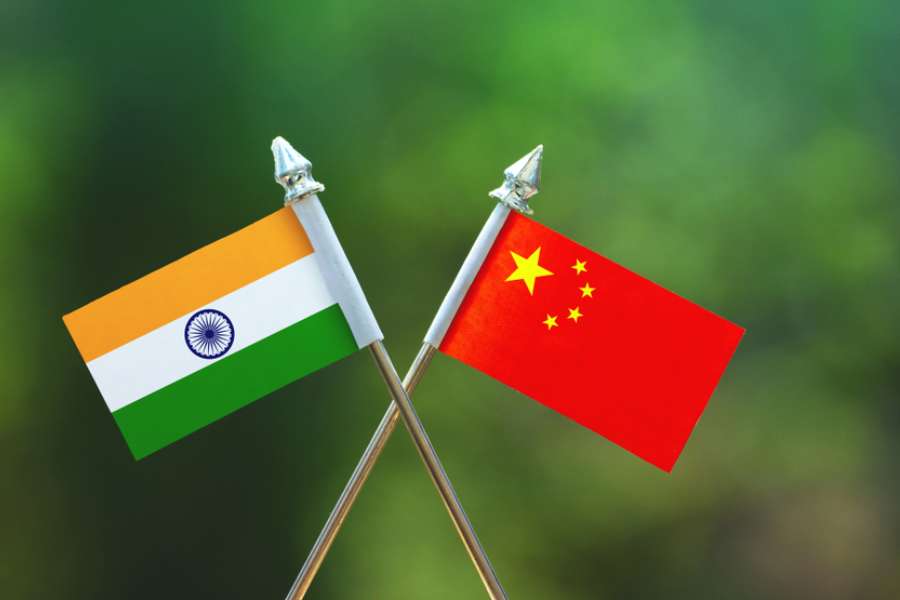India’s efforts to shrink its trade deficit with China are proving stubbornly ineffective. Despite a raft of import curbs and a push for domestic manufacturing, the gap continues to widen. In the financial year 2024, imports exceeded $100 billion that led to a further increase in the trade deficit.
Experts said India would continue to rely on China for materials needed in clean energy and electronics sectors.
Data showed that in the last financial year (FY24), India’s imports from China reached a staggering $101.75 billion, a significant jump from $70.3 billion just five years ago. Exports to China remain stagnant at around $16.67 billion, primarily consisting of raw materials. The lopsided trade relationship has resulted in a cumulative deficit exceeding a colossal $387 billion over the past five years.
“India’s reliance on China is expected to increase because of rising imports of materials for solar energy, electronics, and electric vehicles. Additionally, many Chinese companies in India are likely to prefer buying supplies from China,” Ajay Srivastava, co-founder of Global Trade Research Initiative (GTRI), said.
Nagesh Kumar, director of the Institute for Studies in Industrial Development (ISID), highlights initial success stories in mobile phone assembly and solar panel production but cautions that long-term solutions require addressing structural issues. He emphasises that building a robust domestic manufacturing sector takes time.
Biswajit Dhar, a distinguished professor at the Council for Social Development, said: “The government had taken a number of steps to stem the tide against Chinese imports. So far, it has yielded results only in the electronics sector. From 2018-19, tariffs were increased especially on imports of mobile phones, allowing the domestic industry to grow. All other sectors, where import dependence on China was high, were brought under the Production Linked Incentive (PLI) scheme.
Professor Nisha Taneja of Indian Council for Research on International Economic Relations said: “Businesses will continue to source goods from China if Indian alternatives are not competitively priced.”











